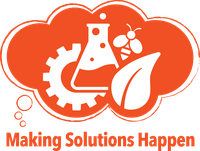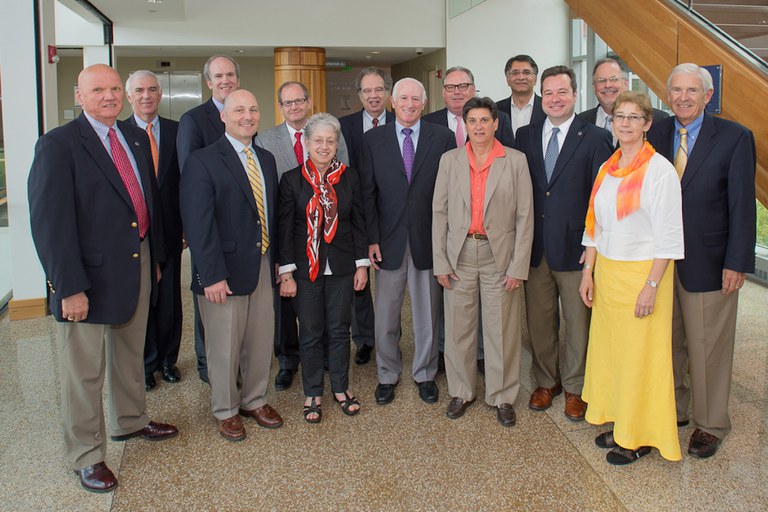Business people work with academics to realize the college’s full potential.
All of the E&I Program's work is made possible by the generosity of donors.
The Harbaughs certainly spearheaded the effort, recalls Mark Theiss, senior director of development. But they soon realized the E&I Program would need an advisory board of business people, working alongside academics, to realize the grand vision: fully prepare students for success, ensure discoveries and solutions reached the marketplace -- where they can fully benefit society, drive economic development and generate new revenue.
When the advisory group met for the first time in late 2012, it included Harbaugh and William "Bill" Donley, former president and CEO of Tangent Rail Corp., a railroad supply company.
Donley, a 1978 forest science graduate, had led a management buyout that created Tangent then led its turnaround. The company's 2010 sale represented a 98 percent gross internal rate of return, allowing Donley to retire in his early 50s.
Donley wanted to use what he'd learned in the business world to help students. Early on, he talked to people about what he saw as a "bit of a misalignment" between the E&I effort to encourage faculty to commercialize research and the university culture, its processes and rewards system. A few months later, Interim Dean Barbara Christ invited Donley to chair the advisory board.
Donley agreed, and got to work meeting administrators and faculty, which he saw as necessary to accomplish the mission.
"This is a block and tackle effort," says Donley. "Day by day, professor by professor, graduate student by graduate student, undergrad by undergrad to get people engaged and supportive and get people acting that way."
"In a perfect world," says Donley, "we commercialize a few projects, hit a home run which enables us to get money back from the marketplace to give the college a never-ending supply of money so professors can do more research. Why not?"
The advisory board, says Theiss, was a "game-changer." (E&I Program Advisory Board)
"Without that board direction and involvement on so many things, this program would not be where it is today," says Theiss. "It was the board regularly corralling everybody together and pushing that boulder up the hill that really got it done."
Social Media

Social Media



